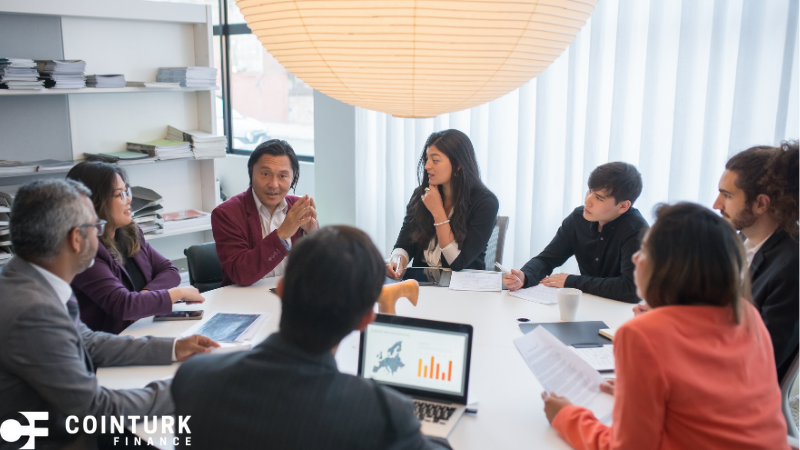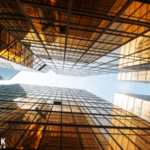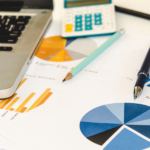LEGO Group has made notable strides towards its sustainability goals, particularly in increasing the use of renewable materials in its products. In the first half of 2024, the company reported an 83% rise in renewable content within its LEGO bricks, a move that aligns with its long-term sustainability commitments. The Danish toy giant aims to manufacture its products using renewable or recycled materials by 2032, and is actively working to decrease carbon emissions, thereby contributing to more sustainable production practices. This shift is part of broader environmental objectives, including achieving net zero emissions by 2050.
How is LEGO Group Incorporating Sustainable Materials?
The company has adopted a mass balance approach to incorporate more renewable and recycled content in its raw materials. This method involves suppliers mixing inputs from virgin fossil fuels and certified renewable sources, with certificates confirming the purchased renewable content. In the first half of 2024, 30% of the resin LEGO purchased was certified through mass balance, a significant increase from the previous year’s 18%. By mid-2024, 22% of the raw materials were sourced from renewable sources, compared to 12% in 2023.
What Are the Challenges Faced by LEGO Group?
Despite these advancements, LEGO Group has encountered challenges in its transition to sustainable materials. For instance, the company decided to halt its project on rPET plastics derived from recycled bottles after testing revealed it would not lead to a reduction in carbon emissions. This decision highlights the complexities involved in shifting away from fossil-based plastics while ensuring product quality and environmental benefits. LEGO continues to test numerous material grades to find suitable alternatives.
In a broader context, LEGO’s commitment to sustainability reflects a growing trend among companies to reduce their environmental impact. Previously, the company invested over $1 billion to cut carbon emissions and embraced renewable energy solutions. The current focus on renewable materials represents a continuation of LEGO’s longstanding environmental stewardship and corporate responsibility towards sustainability.
The mass balance approach is a stepping stone that helps us continue our transition to using more and more renewable raw materials, but it’s not the end goal.
Efforts to increase the use of renewable materials are critical for LEGO to meet its ambitious sustainability targets. The company acknowledges that while mass balance is a temporary solution, it plays a pivotal role in gradually reducing reliance on virgin fossil fuels. By driving demand for renewable materials, LEGO hopes to enhance the market supply, ensuring a steady flow of high-quality materials for future production.
LEGO Group’s ongoing commitment to sustainability is evident in its strategic adoption of renewable materials and its exploration of innovative solutions. These efforts are essential for achieving its long-term environmental goals, which include zeroing in on emissions and fostering a sustainable production ecosystem. The company’s experience underscores the challenges and opportunities in transitioning towards greener practices, offering valuable insights for other industries aiming to reduce their carbon footprint.










